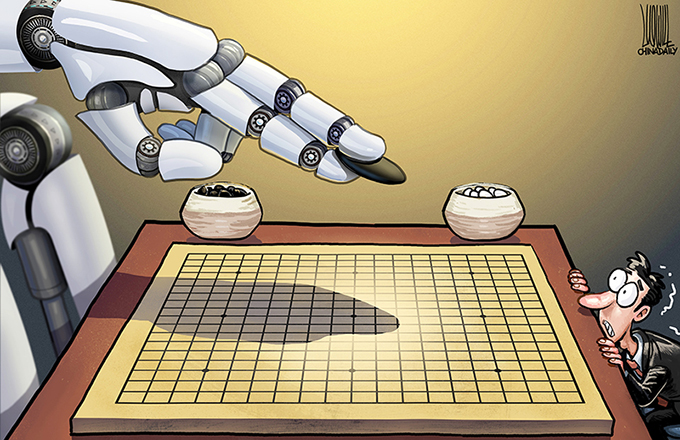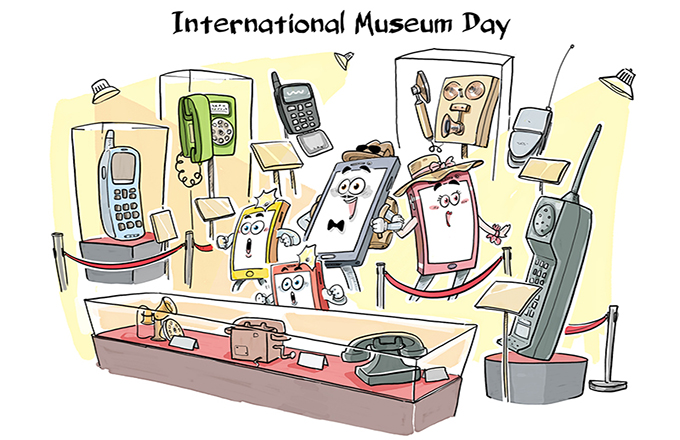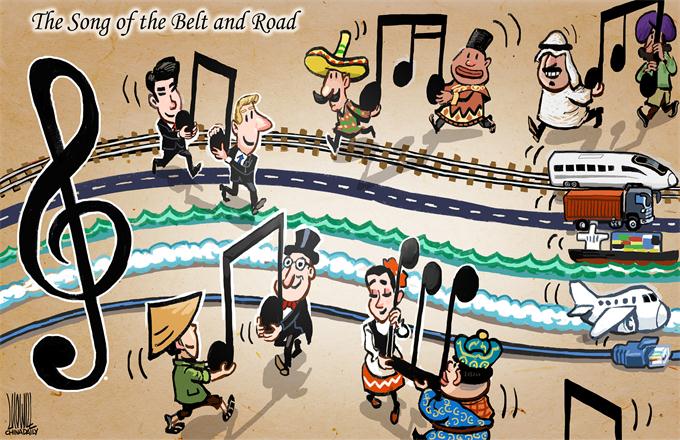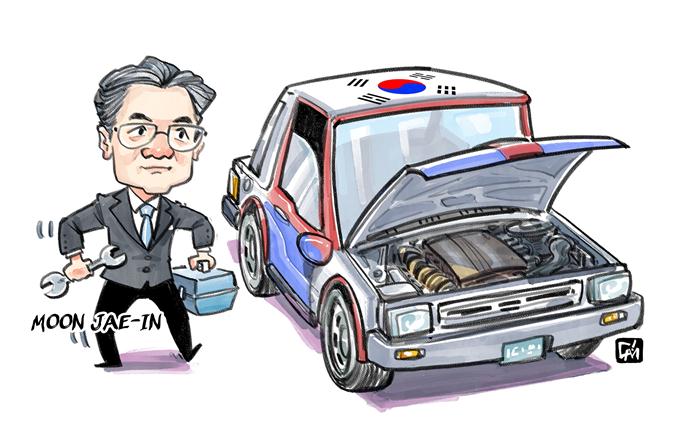China lives up to millennia-old concept of being a Middle Kingdom
The Chinese name for thecountry derives from themillennia-old concept of being a Middle Kingdom, and during lastweekend’s Belt and Road Forum for International Cooperation (BRF) in Beijing,it indisputably was! Some of the most influential opinion and business leaders came together to discuss what Chinese diplomat Wu Jianmin rightly called “the most significant and far-reaching initiative China has ever put forward.”
Most discussions at the event focused on the first four pillars of the Belt and Road Initiative (BRI): policy coordination, facilities connectivity, unrestricted trade and financial integration. The fifth pillar, soft power, also made significant progress.
In 2014, President Xi Jinping said the country “should increase China’s soft power, give a good Chinese narrative and better communicate China’s message to the world.”
With this being said, it was no surprise China’s government announced a major upgrade to cultural endeavors, pledging to develop thecultural industry into a pillar of the national economy by 2020, a week before the BRF.
Adeveloping success storyto lead by example has been the Sino-Hollywood partnerships, joint ventures and collaborations. Hollywood has become increasingly dependent on the Chinese market, expected to be the world’s largest market by 2020. Chinese audiences have lately often made the difference between a flop hemorrhaging hundreds of millions of dollars and a big fat goose laying a golden egg, with the Fast & Furious 8 as the latest example.
China can benefit in other ways too. They are learning the secrets of making successful films with the tried and true examples from Hollywood, with more than a century of successful productions and marketing. Soon, successful Chinese-themed cinematic efforts will also increasingly show up at home and abroad.
To lead by example, a Chinese company has become a major player in Hollywood: Dalian Wanda, whose chairman Wang Jianlin boasted the company would account for 20 percent of world film box office by 2020. He also said he aimed to make China the state-of-the-art cinematic production base, with an $8.2 billion Oriental Movie Metropolis in Qingdao, which combined film and television production, as well as a theme park. Wang’sinvestments and vision also certainly meet the central government’s cultural industry goal “to be among the top in the industry globally by 2020.”
A total of five hundred Confucius Institutes, a non-profit public educational organization affiliated with the Ministry of Education of the People’s Republic of China, have further done good work inteaching the Chinese language; however, the organization has not focused on culture. To solve this, China recently announced an increase of the amount of China Culture Institutes (CCI) from 22. Each facility does an excellent job of promoting China's rich ancient and contemporary culture as can be seen from the CCI Brussels current art exhibition, titled Where the dream begins: Creating the world.
As the Belgian Foreign Minister said,upon the establishment of CCI Brussels in 2015, “Tintin visited China and got to know it. Today, Tintin is back in Belgium, and with this center, we have the opportunity to present the true China to the Belgian people. We aim to build a bridge which will further strengthen the friendship between our two countries." In the spirit, included in the list of 270 deliverables from BRF are two reciprocal culture centers in Tunisia and Turkey.
China, also, arguably has the world’s best online platform: Tencent's WeChat. One of the exceptional features on the application includes an excellent language translator. With this, young children everywhere could have the opportunity to have a Chinese WeChat friend to learn about China and Chinese culture, regardless of where they live in the world.
In important ports, high-profile visits of dramatic sail-powered tall ships usually representthe pride of a country’s navy. One should be Chinese. Why?
Firstly, the most towering maritime figure in China’s 4,000-year history, known as Admiral Zheng He,commanded a massive fleet of gargantuan ships to south, southeast and west Asia, as well as East Africa, from 1405 until 1433. Some say his fleet reached America in 1421.
A modern reproduction of one of Zheng He’s ships would also blow all of the others out of the water while demonstrating China’s technical prowess today, as well as seven centuries ago.
The ship would be a part interactive high-tech museum, introducing visitors to the richness of Chinese culture then and now. It would also be a part live entertainment center, and part roving Chinese naval ambassador, visiting the 21st century maritime Silk Road countries and other ports.
Imagine what sort of impression a ship like this would make! Imagine how many friends, young and old, would be inspired by the vessel. They would have an indelible memory etched in their minds by it and of the country that was the unchallenged master of the seas so many centuries ago.
Given China’s announcement, making cultural industries a pillar of its economy with important soft power tools, the list of “hearts and minds” deliverables at the 2019 Belt and Road Forum will be set to rise significantly.
The author is a senior featured contributor of China Daily website.
The opinions expressed here are those of the writer and don't represent views of China Daily website.





















